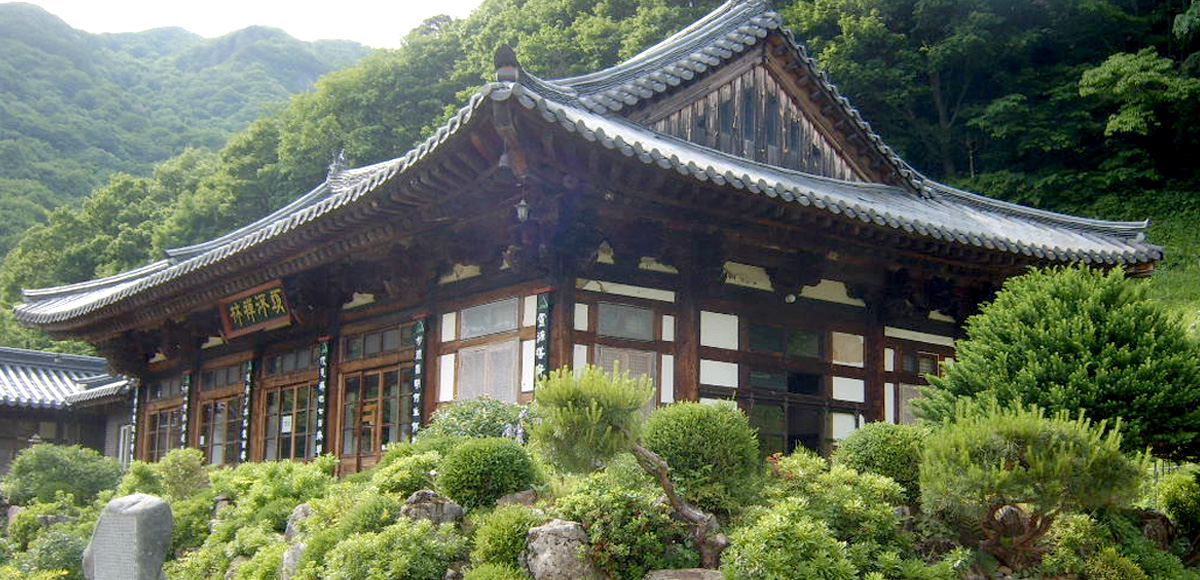Yeongwonsa

Overview
- Traditional Buddhist Temple No. 106 (Registered on January 24, 2003)
- Address: 544-659, Macheonsamjeong-ro, Macheon-myeon, Hamyang-gun, Gyeongsangnam-do, Republic of Korea
Description
Yeongwonsa is located on Mount Jiri in Samjeong-ri, Macheon-myeon, Hamyang-gun, at an elevation of 920 meters. The exact founding date is unknown, but it is said to have been established by Ven. Yeongwon during the Unified Silla period, hence the name "Yeongwonsa.“ At one point, it was considered the largest temple in the inner Jiri region. The temple complex consisted of nine meditation halls with over 100 rooms. Many accomplished monks practiced and attained enlightenment at this temple. According to "Josil-anrok", a collection of writings left by passing monks, Yeongwonsa was home to over 100 prominent monks such as Buyongyeonggwan, Ven. Seosan, Cheongmae, Samyeong, Jian, Seolpa Sangoen and Pogwang. The decline of Yeongwonsa's prominence occurred during the Yeosu Rebellion when rebel forces, pursued by the government troops, used the temple as a hideout. In the course of their operations, they set fire to the buildings, resulting in the destruction of the entire temple complex. It’s said that the reconstruction took place in 1971. Yeongwonsa is home to several stupas. Among them are five round, two-story stone pagodas assembled with a circular base. These stupas are believed to be artifacts of Yeongwonsa, and stupas like Yeongam Dangtap, Seolpa Dangtap, Jungbong Dangtap, Cheonggye Dangtap, Byukheo Dangtap, and Cheongmae Tap were named after distinguished monks. The story that the three-story stupa which enshrines the sarira of Ven. Gugok Gagun, who is said to have written a 30-volume set of Zen teachings known as "Seonmun Yeomsong Seolhwa" at Sangmujuam, a hermitage located near Yeongwonsa, emitted light, reflects the rich Zen tradition and history of Yeongwonsa.

